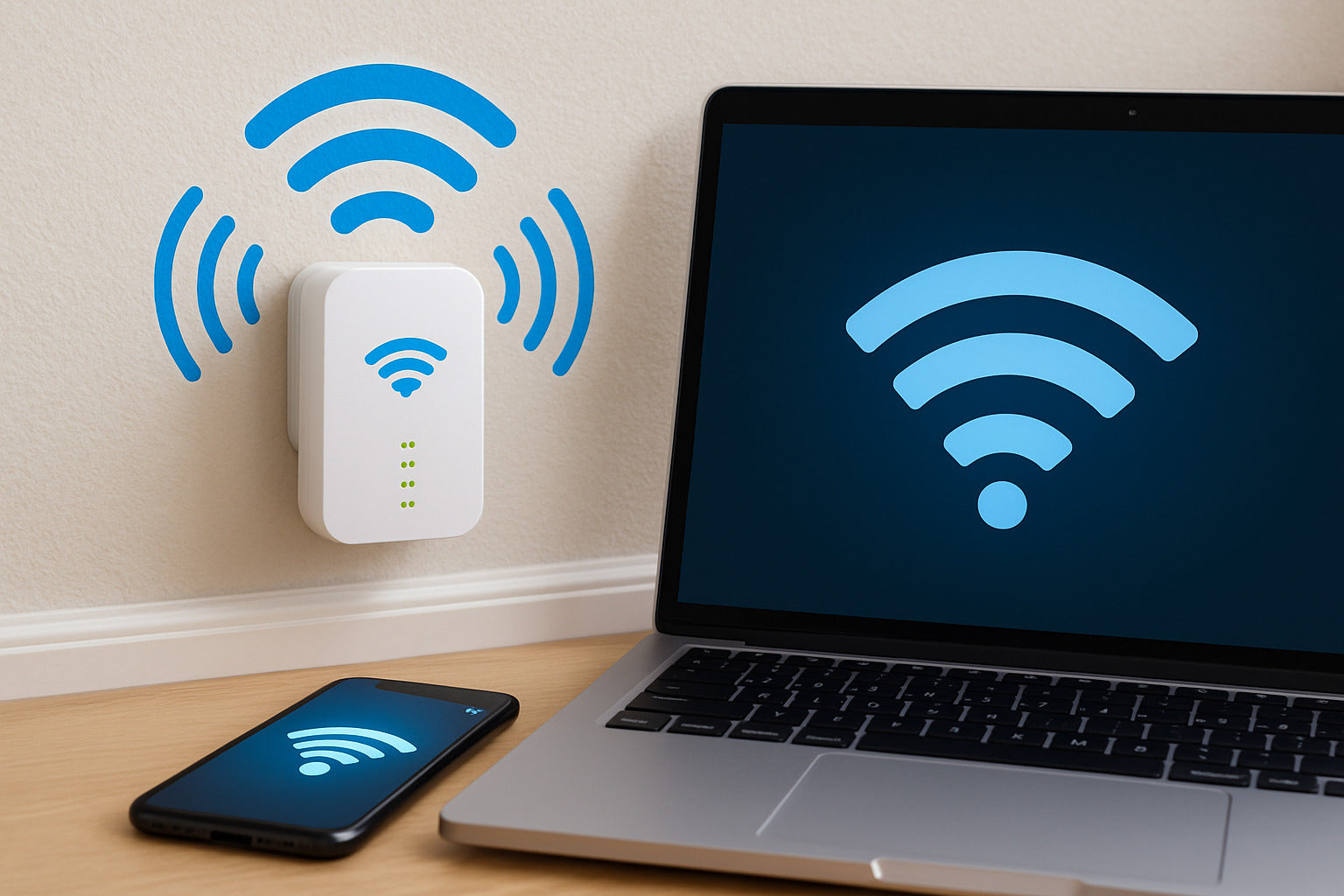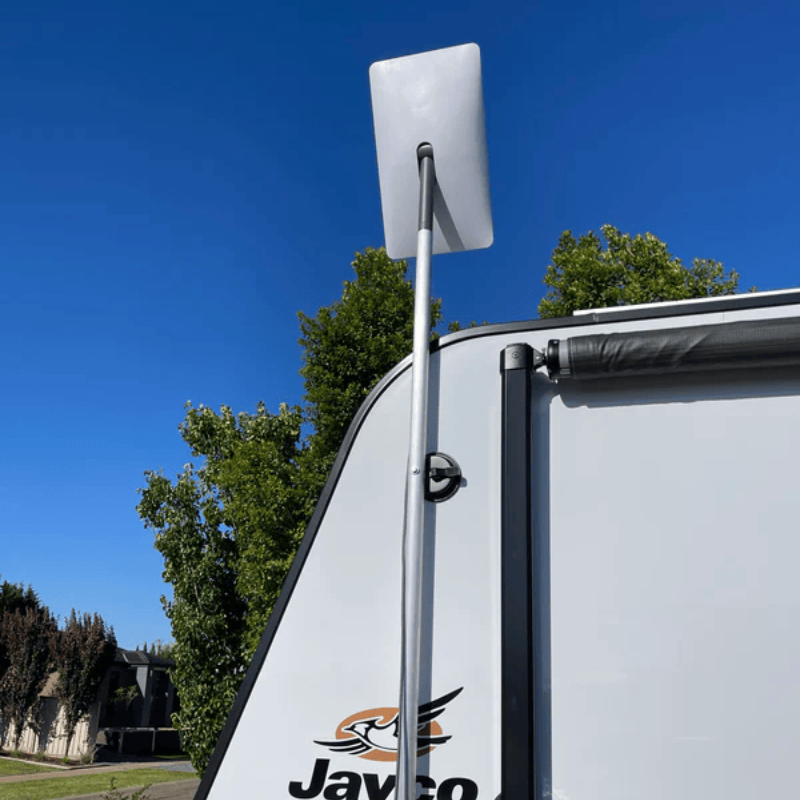Why Starlink Portable Changes Everything for Remote Australia
Starlink portable technology is changing internet access across Australia's vast, under-served regions. Here's the short version:
- Starlink Mini: Ultra-compact dish, 2.56 lb, built-in Wi-Fi 6
- Coverage: Works anywhere in Australia with a clear sky view
- Speed: 100 Mbps+ down; 5–20 Mbps up
- Power: 25–40 W, runs happily from 12 V systems and solar batteries
- Plans: 50 GB Roam $50/mo or Unlimited Roam $165/mo, all pause-any-time
- Setup: Five-minute self-install with integrated kickstand
If you've ever tried uploading a file from a dusty roadside rest stop or endured endless buffering in the outback, you know traditional mobile networks fall short. Starlink portable sidesteps this by beaming internet straight from low-Earth-orbit satellites to a dish small enough to fit in a day-pack.
Remote communities, FIFO camps, grey nomads and emergency crews now enjoy city-grade internet in minutes—no towers, no trenches, no waiting lists. The kicker is SpaceX’s new laptop-sized dish that sips power and keeps you connected while running off a caravan battery.
I'm Aaron Wroblewski, founder of SpaceTek Australia. After 25 years in satellite comms, I’ve tested Starlink systems in some of the harshest corners of the country. This guide trims the fluff and shows you how to choose, set up and optimise a portable Starlink kit that just works.
What Is the Starlink Mini? The World's Smallest Dish
When SpaceX first launched Starlink, the dishes were roughly the size of a pizza box and weighed over 4 kilograms. Now, the Starlink Mini has revolutionised portable internet by shrinking everything down to laptop dimensions while actually improving performance.
Measuring just 30 × 25 × 4 cm and weighing a mere 2.56 pounds (1.16 kg), the Mini is about 60% lighter than the standard dish. You can genuinely slip it into a backpack alongside your laptop - something that seemed impossible just a few years ago when satellite internet required truck-mounted dishes.
What makes this compact powerhouse truly impressive is how much technology SpaceX has crammed inside. The built-in Wi-Fi 6 router eliminates the need for separate networking equipment, connecting up to 128 devices simultaneously across 1,200 square feet. For most Australian families travelling in caravans or working from remote sites, that's more than enough coverage.
The IP67 waterproof rating means you don't need to panic when those sudden outback storms roll in. It'll keep working reliably in temperatures from -30°C to 50°C - covering everything from alpine camping trips to scorching desert conditions across Australia.
The Mini's phased-array antenna maintains a generous 110° field of view, automatically tracking satellites as they zip overhead at 17,000 mph. This wide coverage means you can simply place it flat and let it do the work, rather than constantly adjusting angles like traditional satellite dishes.
Power efficiency is where the Mini truly shines for remote Australian trips. Drawing just 25-40 watts on average, it's significantly more efficient than larger dishes. This translates to longer battery life from your portable power station and compatibility with smaller solar setups - crucial when you're weeks away from mains power.
Performance-wise, you're looking at download speeds exceeding 100 Mbps and upload speeds of 5-20 Mbps, with latency typically under 40 milliseconds. These speeds easily handle video calls with the office, streaming your favourite shows, and keeping the kids entertained on long trips across Australia.
Starlink Portable Quick-Start Guide
Setting up your starlink portable system is refreshingly simple - even if you've never touched satellite equipment before. The entire process takes under five minutes, which is perfect when you're eager to get online after a long day of driving.
Unpack and position the Mini by removing it from its compact case and extending the integrated kickstand. The kickstand automatically angles the dish for optimal satellite acquisition - no guesswork required.
Power connection is straightforward with the included USB-C cable. Whether you're plugging into your vehicle's 12V socket, a portable battery pack, or mains power at a caravan park, it just works.
The Starlink app on your smartphone does the heavy lifting for positioning. Using your phone's camera, it identifies potential obstructions like trees or buildings that might interfere with the signal. It's surprisingly accurate and saves you from the frustration of poor connectivity later.
Automatic connection happens next - the Mini searches for and locks onto the strongest available satellites without any input from you. No manual pointing, no technical knowledge required, no calling support lines.
Within minutes, you're browsing the web at speeds that rival many fixed broadband connections back in the city.
The included pipe adapter allows mounting on standard poles or tripods for semi-permanent installations. When you need professional-grade mounting solutions that can handle Australia's harsh conditions, our specialised Starlink accessories are designed specifically for the unique challenges of the Australian environment.

Why starlink portable Matters for Aussie Travellers
Drive a few hours inland and phone reception often disappears. Starlink portable fills that void by giving you broadband wherever you can see the sky.
Grey nomads can video-chat grandkids at Uluru. Van-lifers stream footy from an empty beach. FIFO workers ditch crowded camp Wi-Fi and use their own secure link. During bushfires or floods, emergency crews drop a dish, power it from a ute battery and restore comms in minutes.
Low Earth orbit satellites deliver latency under 40 ms—hundreds of milliseconds faster than old-school GEO satellites—so video calls and cloud apps feel snappy. As SpaceX adds more satellites, speeds in remote Australia keep improving.
Choosing a starlink portable Data Plan
Pick the plan that matches your travel style:
- Mini Roam 50 GB – $50/mo: Perfect for navigation, email and light streaming. Extra data is $1/GB.
- Roam Unlimited – $165/mo: Unlimited data for work, schooling or regular streaming.
Both plans pause when you’re not on the road, so you’re never stuck paying for months you don’t use.
Setting Up Your Portable Starlink: Step-by-Step
Five minutes, one clear sky view—done. Here are the only steps that matter:
- Pick your spot using the Starlink app’s obstruction tool. If trees show red, move a few metres until they don’t.
- Deploy the dish on its built-in kickstand or drop it on a tripod. The 110° field of view forgives small placement errors.
- Plug in power. Use the official 100 W USB-C PD cable to a 12 V adapter, battery or inverter. Under-powered cords cause dropouts.
- Wait for first boot. It updates firmware and finds satellites automatically—subsequent boots are much faster.
- Run a speed test in the app. If speeds look low, re-scan for obstructions or slide the dish a metre or two.
For rock-solid installs on roof racks or shed roofs, check our portable Starlink mounting solutions.
Powering & Mounting Options for Remote Australia
The Mini only needs 25–40 W once it’s running, but it must see a 100 W USB-C PD handshake to start. Reliable options include:
- Vehicle 12 V → USB-C PD adapters for unlimited runtime while driving.
- 500 Wh solar generators for multi-day base-camps—pair with 200 W of panels for true energy independence.
- 99 Wh flight-safe power banks for two-hour bursts when you just need to send files or check weather.
When it comes to mounting, Australian weather punishes cheap hardware. Our rust-resistant brackets are cyclone tested and highway-rated. Browse mounting solutions designed for Australian trips or contact us for a custom setup.
Video: Starlink Mini in Freezing Temperatures
Off-Grid Best Practice
- Start with 200 W of solar—100 W rarely delivers its nameplate output in the real world.
- Disable Snow-Melt in the Starlink app to halve power draw in hot, dry conditions.
- Keep the dish flat and check the obstruction scan monthly; trees grow and campsites shift.
- Always carry a backup sat-phone or UHF in case batteries run flat.
Plans, Pricing & Real-World Performance
Hardware is $599 USD—a $100 premium over the standard dish, but you’re also getting an integrated router and true portability.
- Mini Roam 50 GB – $50/mo: Best for weekenders. Watch your data; overage is $1/GB.
- Roam Unlimited – $165/mo: Stream, work and game without counting gigabytes.
In field tests from the Kimberley to Tasmania we’ve logged 30–150 Mbps down, 5–20 Mbps up and sub-40 ms latency. Interestingly, the quietest places often get the fastest speeds because there’s less user congestion.
Heading overseas in the van? International roaming works in most countries for a small fee—no more juggling local SIMs.
For a deeper dive into day-to-day performance, check this independent Starlink Mini review.
Frequently Asked Questions about Starlink Portable
How portable is the Mini for hiking or 4WD trips?
The starlink portable Mini is genuinely impressive when it comes to portability. At just 2.56 pounds and roughly the size of a laptop, it slips into your backpack without the bulk you'd expect from satellite internet equipment. The integrated kickstand means you're not lugging around extra mounting gear either.
For serious hikers, the Mini can actually maintain satellite connections while you're walking with it vertical in your pack - though you'll get much better performance when you stop and deploy it flat with a clear view of the sky. With a decent power bank, you're looking at 2-3 hours of runtime, which is plenty for checking weather updates, sending that "still alive" message to worried family, or handling genuine emergencies.
4WD touring is where the Mini really shines. Whether you're mounting it on your roof rack, spare tyre carrier, or just setting it up on a tripod at camp, you'll have internet within minutes of arriving anywhere. The quick 5-minute setup means you can check road conditions, download maps, or video call the kids before the billy's even boiled.
What batteries or solar panels actually work?
Here's where many people get caught out - the Mini needs 100W USB-C Power Delivery, which rules out most standard phone chargers and cheaper power banks. You'll need gear that's specifically designed for this level of power output.
For portable power banks, look for units that clearly state 100W USB-C PD capability. Those tempting cheap alternatives on online marketplaces often promise the world but fail when you need them most - usually somewhere remote where replacement isn't an option.
Solar panel sizing is crucial for extended off-grid trips. A 100W solar panel keeps the Mini running in good conditions with some left over for charging other devices. If you're planning trips during Tasmania's cloudy months or want bulletproof reliability, bump up to 200W+ panels.
Vehicle integration opens up unlimited runtime possibilities. A quality 12V to USB-C PD adapter lets you run the system while driving or with the engine idling. Just make sure your adapter can handle the full 100W load - underpowered units will cause frustrating dropouts and potentially damage your equipment.
Can I use one account across multiple Starlink dishes?
Absolutely, and it's actually quite clever how Starlink handles multiple dishes. You can add additional dishes to your existing account, with each dish requiring its own monthly service plan. This setup works brilliantly for families with both a fixed home installation and a portable Mini for travelling.
The Mini Roam service can be added to existing residential accounts for just $30 monthly, giving you 50GB of mobile data. This arrangement is perfect if you're primarily using Starlink at home but want portable connectivity for weekend trips or holidays.
Account management happens through the Starlink app, where you can monitor usage, pause services, and adjust settings for each dish independently. During winter months when you're not travelling, simply pause the roam service to avoid unnecessary charges.
For complex multi-dish scenarios or unusual usage requirements, contact SpaceTek Australia for guidance on optimising your setup. We work with Starlink systems daily and can help you steer the various options to find the most cost-effective solution for your specific needs.
Starlink Accessories Built for Remote Australia
Australia's harsh environment doesn't mess around - and neither should your starlink portable setup. From the scorching heat of the Red Centre to the salt spray of coastal camping spots, our unique conditions can turn standard mounting hardware into expensive scrap metal faster than you can say "she'll be right."
That's where proper Australian-engineered accessories make all the difference. At SpaceTek Australia, we've spent years watching overseas mounting solutions fail spectacularly in our conditions. Cheap brackets that rust through in a single wet season. Plastic components that become brittle and crack under our intense UV. Mounting systems that simply can't handle the thermal expansion and contraction of 40-degree temperature swings.
Our rust-resistant mounting solutions are specifically designed for the realities of Australian travel. Whether you're a grey nomad chasing perfect weather around the continent or a FIFO worker heading to remote mining sites, your Starlink needs to work reliably every single time.
The beauty of our mounting systems lies in their versatility. Weekend warriors can set up quickly with our portable tripod mounts, whilst full-time travellers benefit from permanent roof installations that handle highway speeds and sudden weather changes. Each solution prioritises both security and optimal signal performance - because what's the point of staying connected if your dish ends up as roadkill on the Stuart Highway?
We understand that internet connectivity isn't just about streaming Netflix (though that's nice too). For many Australians, reliable internet is a safety lifeline - whether that's accessing weather warnings, staying in touch with family, or maintaining work commitments from remote locations. When your communication system needs to work flawlessly, inferior mounting hardware simply isn't worth the risk.
Our professional installation network spans across Australia, ensuring your system is configured correctly from day one. Proper installation prevents most field failures and protects your investment for years of reliable service. After all, there's nothing worse than finding your mount has failed when you're 500 kilometres from the nearest town.
For personalised advice on the best mounting solution for your specific travel style and vehicle setup, contact our team of satellite communication specialists. We're passionate about keeping Australians connected, no matter how remote their trips take them.
Connectivity Without Compromise
The Starlink Mini proves that reliable internet and remote Australian trips are no longer mutually exclusive. From schooling the kids in a caravan to running a business hundreds of kilometres from fibre, starlink portable delivers the bandwidth modern life demands.
SpaceTek’s job is to make sure that connection stays rock-solid, whatever the outback throws at you. Our corrosion-proof mounts, power accessories and nationwide install network keep your dish online for the long haul.
Need help choosing gear or planning a tricky install? Contact the SpaceTek team and we’ll get you sorted.
Fast, reliable internet—wherever you need it.




Leave a comment
This site is protected by hCaptcha and the hCaptcha Privacy Policy and Terms of Service apply.